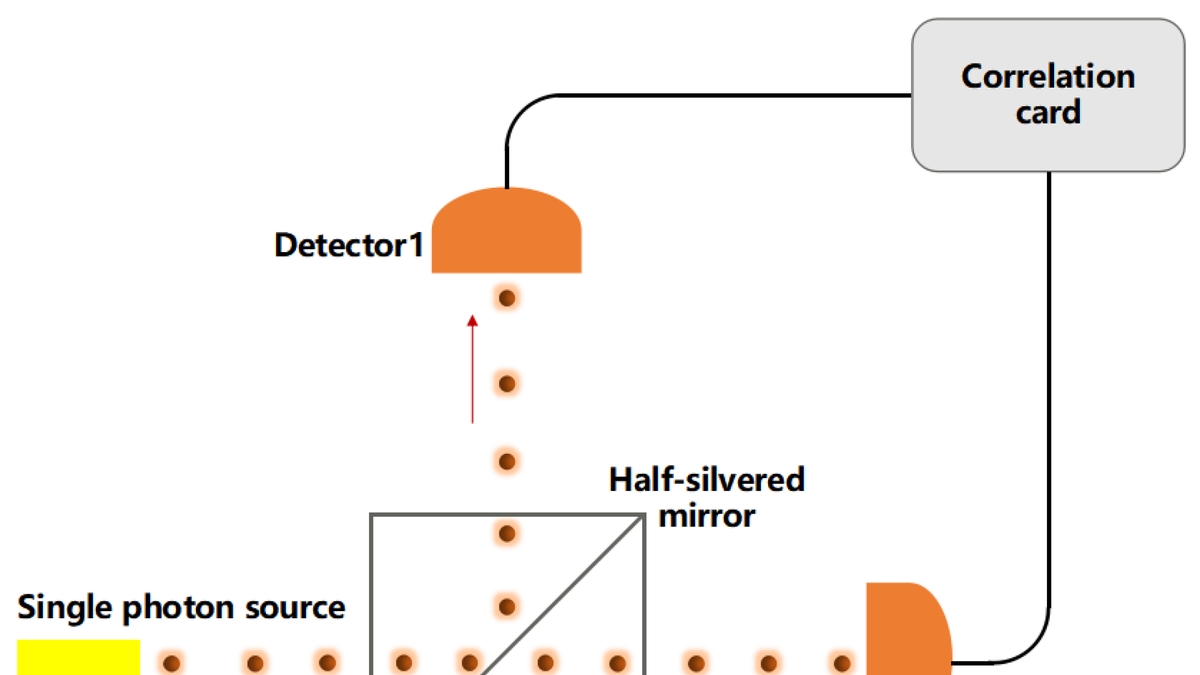
A Glimpse into the Future: Quantum Technology
Quantum technology, a field that once seemed to belong to the realms of science fiction, is now a rapidly evolving reality. At the forefront of this exciting technological revolution are advances in quantum optics, particularly photonics, which promise enhanced performance in metrology and superior communication capabilities. Photonics employs single photons, offering robustness against environmental noise – a significant advantage in the quest for accuracy and precision.
Quantum Dots: The Building Blocks of Photonics
At the heart of photonic technology are semiconductor quantum dots (QDs). These nanoscale heterostructures, notable for their quantized electronic states, are used for their photon emission properties. The ability to create efficient single photon sources using QDs is key to the advancement of photonic technologies. Nevertheless, the random distribution and varying sizes of QDs pose significant challenges in selecting suitable QDs for specific experiments.
A Data-Driven Solution to Quantum Dot Evaluation
To address these challenges, a novel approach has been proposed – a data-driven, machine-learning-based solution for the automated evaluation of QDs as single photon sources. This approach aims to parallelize the pre-selection process, significantly reducing processing times and addressing a critical bottleneck in the scalability of photonic technologies. The innovation is a necessary step for the industrial implementation of these technologies. At the time of writing, no such approach has been reported in the literature, making this a significant contribution to the field of quantum technology.
The Broader Context: 2D Electronics and Quantum Developments
These advances in QD evaluation and photonics are part of a broader landscape of technological innovation. For instance, the potential of 2D electronics for the post-Moore era is being explored extensively, showing promising progress in digital and analog circuits, heterogeneous integration, sensing circuits, artificial intelligence chips, and quantum chips. However, the development of 2D materials also faces several challenges, necessitating a well-defined roadmap for future progress.
Recent news items further highlight the dynamic and exciting nature of quantum technology developments, including partnerships and expansions in the quantum business, management updates, opening of manufacturing facilities, grant awards for the development of airborne quantum sensors, and subcontracts for using entropy quantum computing. There is also an increasing global interest in quantum technology, as evidenced by the renewal of alliances and the release of tenders for superconducting quantum computers.
The Path Forward: Embracing Quantum Technology
As we stand on the brink of a new era shaped by quantum technology, the need for innovative solutions like the proposed machine-learning-based evaluation of QDs becomes increasingly evident. These solutions will not only accelerate the pace of development but also ensure the efficient industrial implementation of quantum technologies. With ongoing research, partnerships, and global interest, the future of quantum technology appears both exciting and promising.
